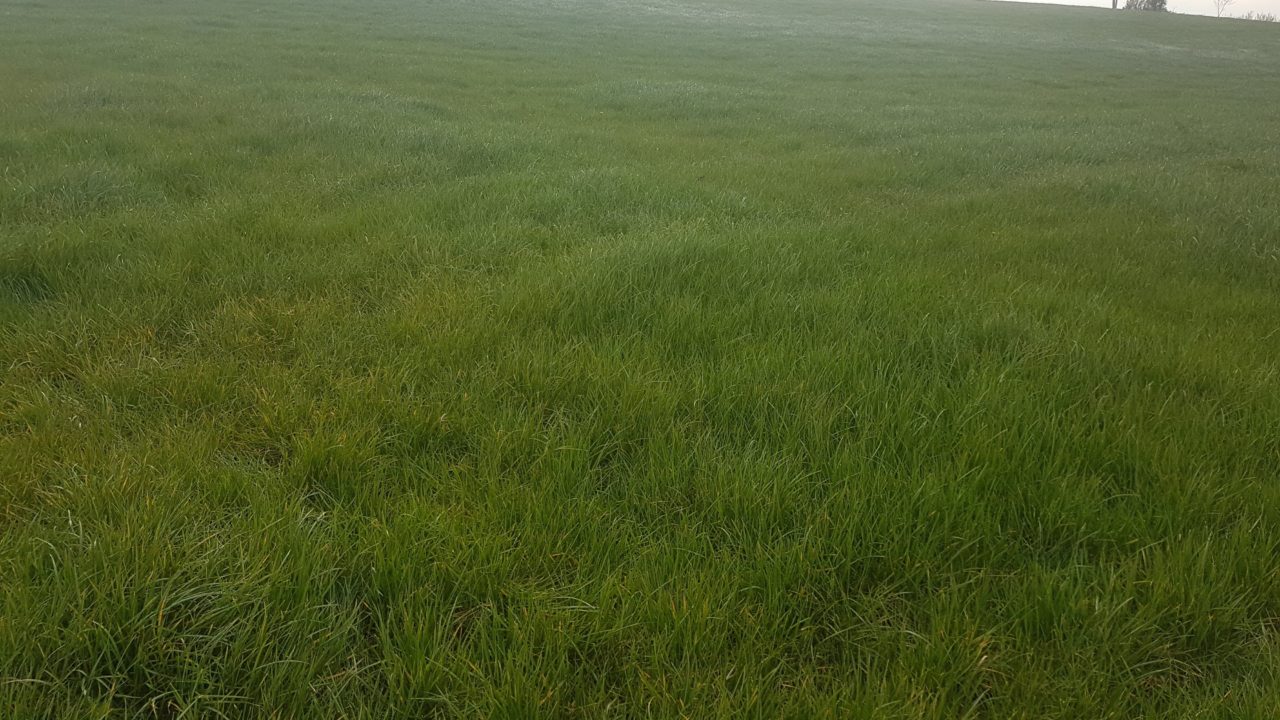Using soil sampling to correct soil pH offers many benefits to farmers. This article will look at what those benefits are, and the best way to carry out soil sampling.
Fertiliser prices have been on the rise in 2021, and it looks like that trend will continue into 2022.
This, coupled with the continuing pressure to reduce emission from Irish agriculture, means we have to look at a way of reducing our reliance on chemical fertilisers.
Farmers can reduce their fertiliser usage by having soil fertility at optimum levels, so could soil sampling be a worthwhile investment this autumn.
Lime
Lime is often called the forgotten fertiliser of Irish agriculture.
According to research, the return on investment from lime gives an extra €4-7 for every €1 invested in lime.
As a sector, farmers are expected to reduce nitrogen (N) fertiliser use and increase usage of lime.
Correcting soil pH allows for more efficient use of N fertilisers, meaning less N will be required to grow the same amount of grass.
For what is a relatively cheap product, lime offers many benefits to Irish farmers in terms of return on investment.
Soil sampling
Carrying out soil sampling is relatively simple. To start soil sampling, it is essential to have a suitable soil corer.
You should ensure that soil cores are then taken to the correct sampling depth of 100mm, and that the sample area is no larger than 2-4ha (5 to 10ac).
When completing the sampling, you should walk in a W shaped pattern so that a fair soil sample is taken.
A minimum of 20 soil cores per sample should be collected and they should be placed in a box with clear labels.

Precautions
If you are aware of different soil types on the farm, take separate samples for each of these areas.
Avoid taking samples from any unusual spots such as old fences, ditches, drinking troughs, dung or urine patches, or where fertiliser/manure or lime has been heaped or spilled in the past.
You should avoid taking samples from a field until three to six months after the last application of phosphorus (P) and potassium (K), and after two years of when lime was applied.
